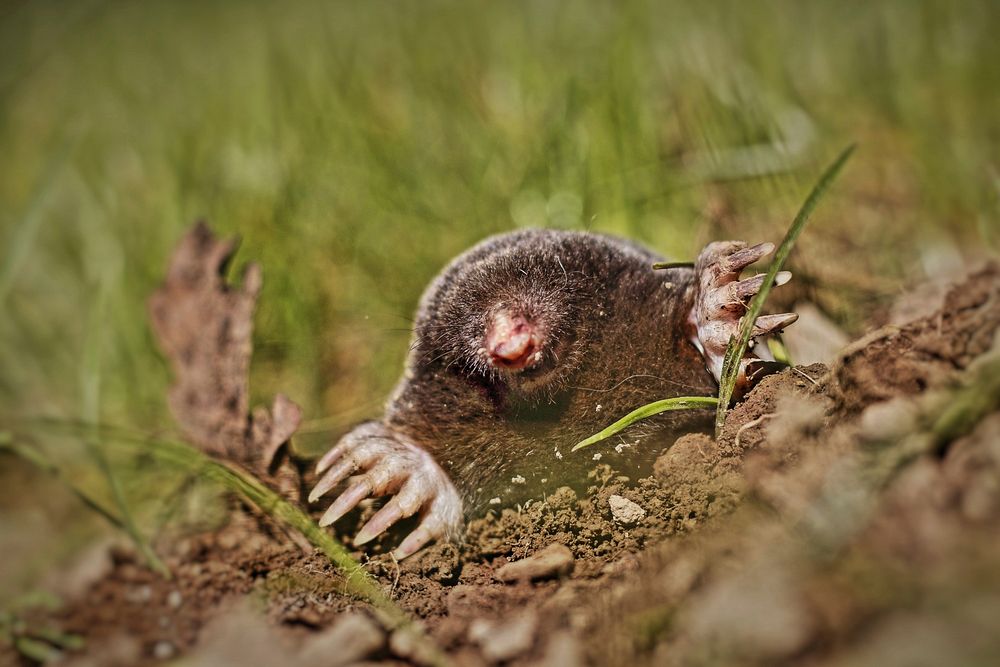- MISC
10 Famous Bisexual Celebrities and What They’ve Said About Identity


Moles can wreak havoc in your yard, creating unsightly tunnels and damaging your carefully cultivated landscape. Homeowners often find themselves frustrated by their presence, leading to the search for effective methods to eliminate these burrowing pests. Understanding how to identify moles, the damage they cause, and the various removal methods available is essential for restoring your yard to its former glory.
Before taking action, it’s crucial to confirm that you are dealing with moles. Signs of mole activity include:
It’s also important to distinguish moles from similar pests such as gophers and voles. Moles have a cylindrical body, pointed snouts, and are primarily insectivorous, while gophers and voles have more rounded bodies and feed on vegetation.
Moles are often attracted to yards due to the availability of food sources, primarily earthworms and grubs. Factors that may make your yard more appealing include:
There are several proven methods to remove moles from your yard. Each method has its pros and cons, so consider your specific situation before choosing one.
Trapping is one of the most effective and humane ways to remove moles. There are various types of traps available, including:
Pros: Humane option, effective at removing multiple moles. Cons: Requires knowledge of mole behavior for successful placement.
Using natural repellents can deter moles without harming them. Some options include:
Pros: Environmentally friendly and safe for pets. Cons: Results may take time and are not guaranteed.
Ultrasonic devices emit high-frequency sounds that are unpleasant for moles but inaudible to humans. These devices can be placed around your yard.
Pros: Easy to use and non-invasive. Cons: Effectiveness can vary and may not work in all situations.
Chemical repellents are available in garden centers and can deter moles by creating unpleasant odors or tastes. These products often contain ingredients like castor oil or other natural compounds.
Pros: Immediate results and easy application. Cons: May not be safe for pets or children and can harm beneficial insects.
Some homeowners opt for soil treatments that target the insects moles feed on, thus reducing their food source. Products containing nematodes can be introduced into the soil.
Pros: Reduces the mole population indirectly. Cons: Takes time to see results and may require multiple applications.
For those who prefer to avoid lethal methods, several natural and humane options exist:
For a more aggressive approach, chemical and commercial options are available. These include:
Pros: Quick results. Cons: Safety concerns and potential harm to non-target species.
Once you have successfully removed moles from your yard, implementing preventive measures can help keep them away:
By understanding the behaviors of moles and taking proactive steps, homeowners can maintain a healthy, mole-free yard.